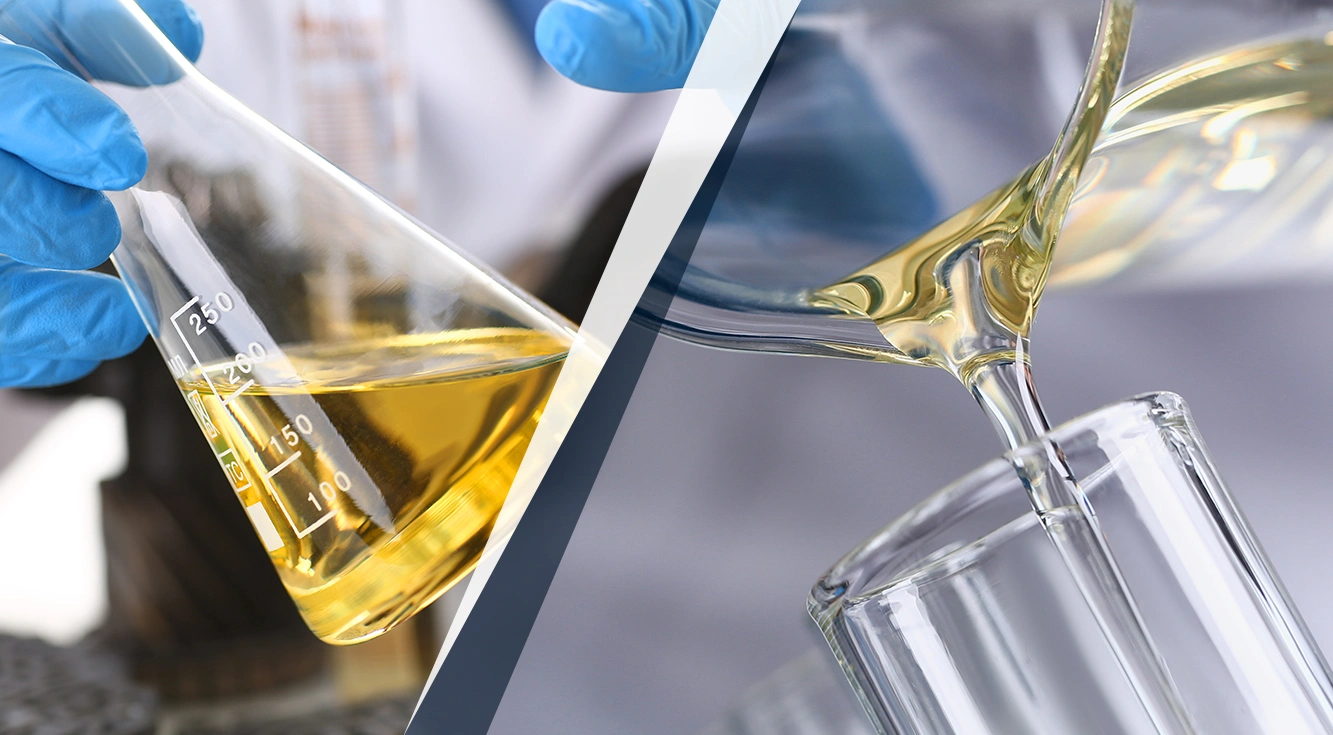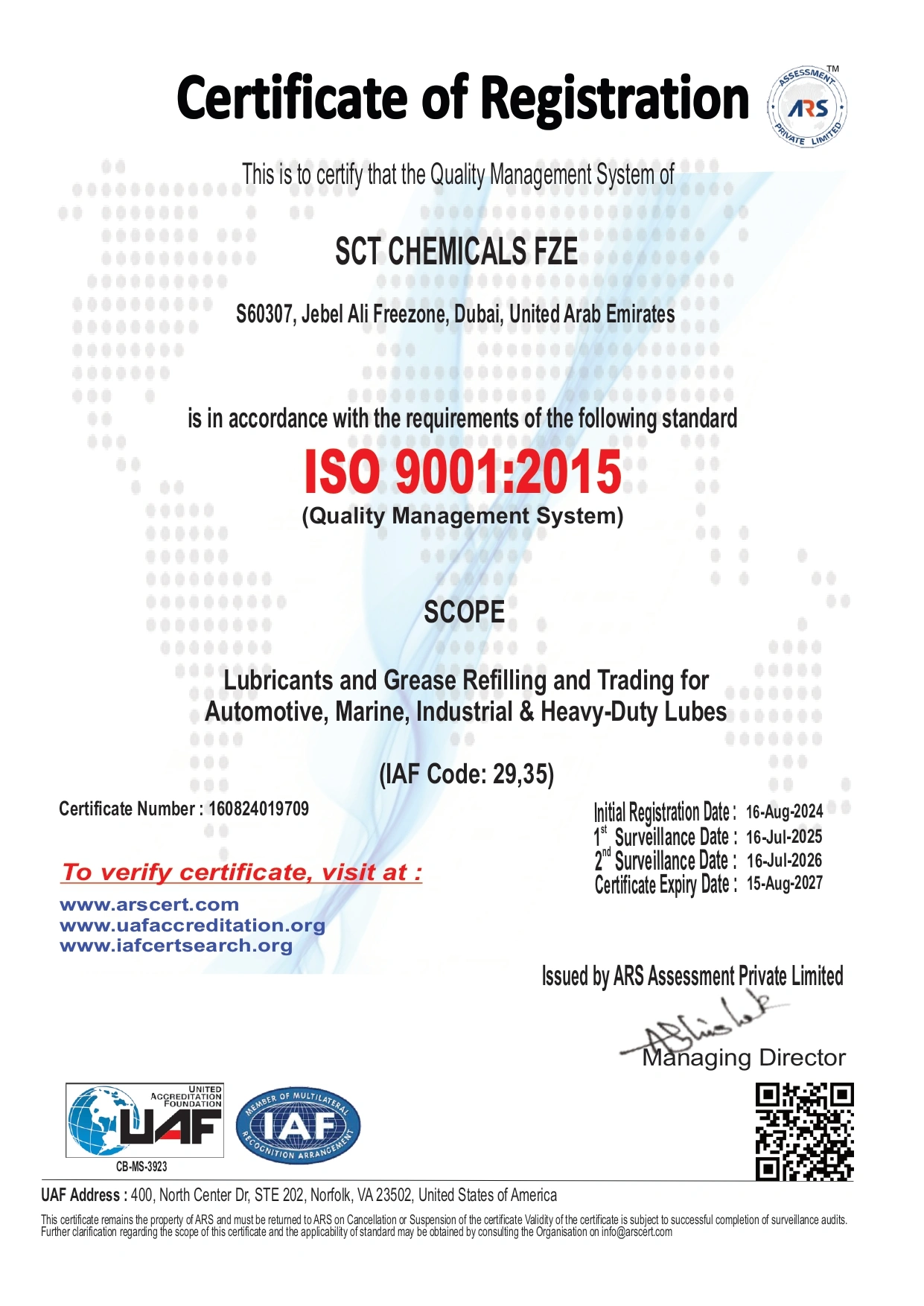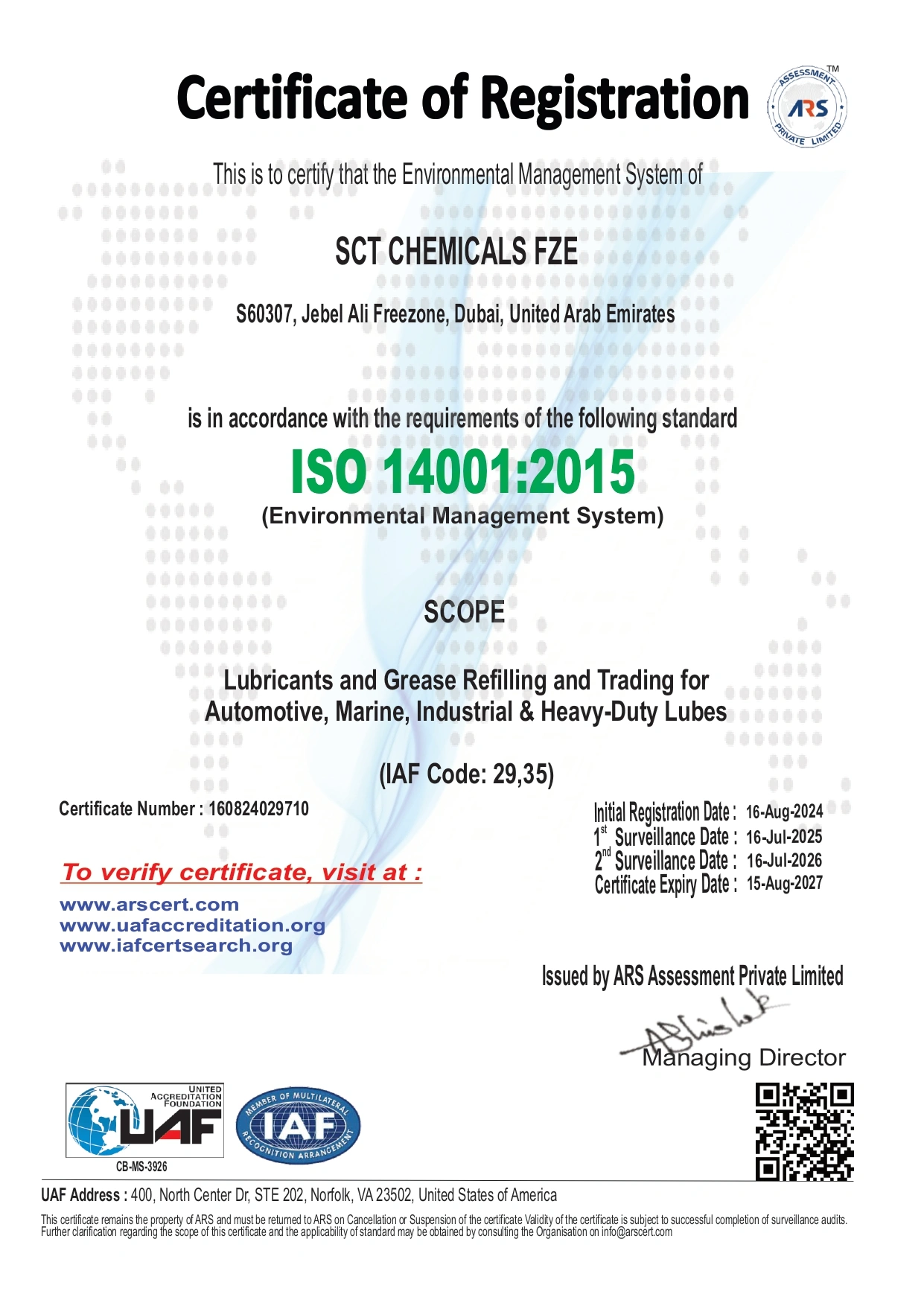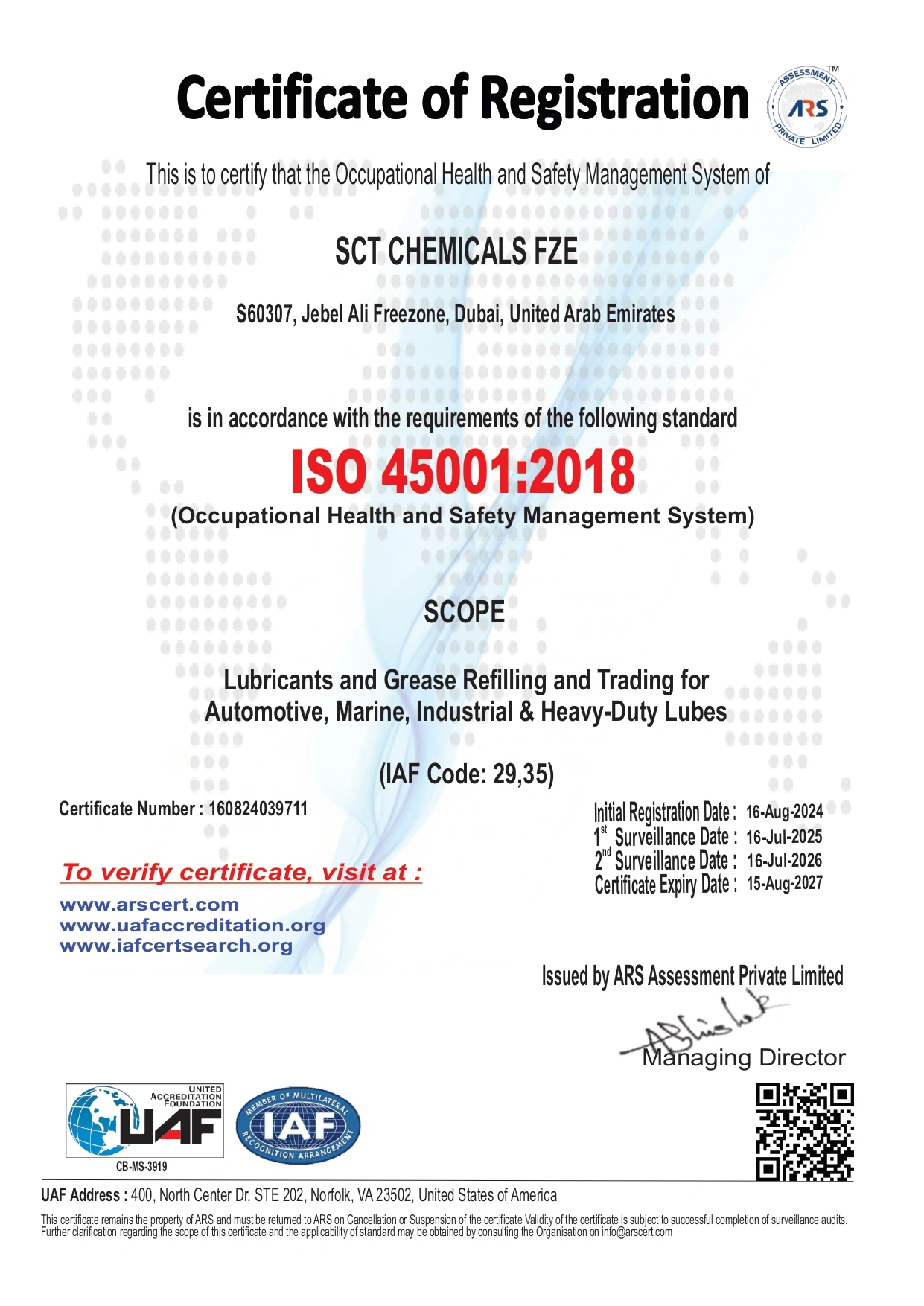Lubricants play a crucial role in reducing friction and wear in machinery, ensuring smooth operations across industries. However, temperature fluctuations significantly impact their performance. Understanding the impact of temperature on lubricants is essential for maintaining their stability and prolonging equipment life. At SCT Chemicals, we provide high-quality lubricants designed to withstand extreme temperatures while delivering optimal performance.
In this article, we’ll explore how temperature affects lubricants, the challenges posed by extreme heat and cold, and best practices to maintain lubricant stability.
How Temperature Affects Lubricants?
1. High-Temperature Effects on Lubricants
Excessive heat can degrade lubricants in several ways:
- Oxidation: High temperatures accelerate oxidation, leading to sludge and varnish buildup.
- Thermal Breakdown: Lubricants lose viscosity, reducing their ability to protect machinery.
- Evaporation Loss: Lightweight base oils evaporate, thickening the remaining lubricant.
- Additive Depletion: Heat-sensitive additives degrade, reducing lubricant effectiveness.
2. Low-Temperature Effects on Lubricants
Cold temperatures also pose challenges:
- Increased Viscosity: Lubricants thicken, making it harder for machinery to start.
- Poor Flowability: Reduced lubrication efficiency leads to metal-to-metal contact.
- Wax Formation: Some oils solidify, blocking lubrication channels.
How to Maintain Lubricant Stability in Extreme Temperatures?
1. Choose the Right Lubricant for the Operating Temperature
- Synthetic Lubricants: Perform better in extreme temperatures than mineral oils.
- Multi-Grade Oils: Maintain viscosity across a wide temperature range.
- High-Temperature Greases: Resist thermal degradation in industrial applications.
2. Monitor Lubricant Condition Regularly
- Conduct oil analysis to detect oxidation, contamination, and viscosity changes.
- Use infrared thermography to identify overheating components.
3. Implement Proper Storage Practices
- Store lubricants in temperature-controlled environments.
- Keep containers sealed to prevent moisture and dust contamination.
4. Use Thermal Stabilizers and Additives
- Anti-oxidants slow down thermal degradation.
- Pour point depressants improve low-temperature flow.
5. Optimize Machinery Cooling Systems
- Ensure proper ventilation and cooling to prevent overheating.
- Use heat exchangers to regulate lubricant temperature.
FAQs: Impact of Temperature on Lubricants
1. What happens when a lubricant gets too hot?
Excessive heat causes oxidation, viscosity breakdown, and additive depletion, reducing lubrication efficiency.
2. Can cold weather damage lubricants?
Yes, cold temperatures increase viscosity, leading to poor flow and potential machinery startup issues.
3. How do I know if my lubricant is degrading due to temperature?
Signs include thickening, sludge formation, unusual noises, or increased wear in machinery.
4. Are synthetic lubricants better for extreme temperatures?
Yes, synthetic lubricants offer superior thermal stability compared to conventional oils.
Conclusion
The impact of temperature on lubricants is a critical factor in industrial and automotive applications. By selecting the right lubricant, monitoring its condition, and implementing best practices, you can ensure optimal performance even in extreme conditions.
At SCT Chemicals, we provide high-performance lubricants designed to withstand temperature fluctuations. Contact us today to find the best lubricant solutions for your needs.








